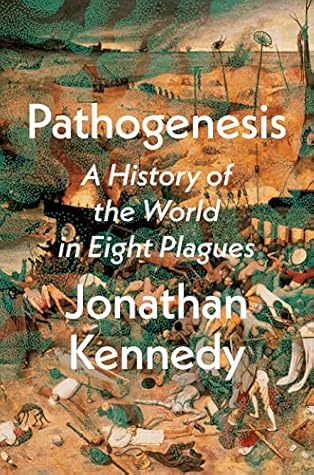More on this book
Community
Kindle Notes & Highlights
Read between
April 8 - April 30, 2024
For early humans, the Eastern Mediterranean region must have seemed like a cursed realm, the Paleolithic equivalent of Tolkien’s Mordor.[*3]
The implications of this are momentous: contemporary Europeans are neither genetically “pure” nor are they the region’s indigenous people. Even white Europeans are mongrel immigrants.[81]
Many homes had private toilets, which were often located in the kitchen. The majority of loos weren’t connected to public sewers because, before the invention of the U-bend, rats and all sorts of other creatures would have run amok in people’s houses. One apocryphal tale from the Roman author Aelian describes how a giant octopus swam from the sea into the sewer and entered the house of a wealthy merchant in the Bay of Naples through the toilet, then proceeded to eat all the pickled fish in his pantry.[22]
Christianity was virtually invisible for the first two centuries after Jesus’ death.
Another eyewitness in Florence wrote of throwing bodies into a mass grave, covering them with earth, adding more bodies and then earth, “as one makes lasagne with layers of pasta and cheese.”[15]
Although Kinski’s Aguirre is clearly delusional, his desire to conquer the colonies of New Spain with an army of monkeys and install his dead daughter as queen is only a little bit more outlandish than the conquistadors’ real-life achievements.
Although John McNeill is careful not to completely ignore the role of Great Men like George Washington, he drolly suggests that the female Anopheles quadrimaculatus mosquitoes should be considered one of the “founding mothers of the United States.” As he points out, malaria killed eight times more British troops than American guns.


